The ancient Fountain of Sagalassos. Burdur, Turkey (A.D. 161-180)
Sagalassos ancient city is an archeological site in the Burdur province of Turkey dating back to Hellenistic Period. It was already one of the wealthiest Persian cities when Alexander the Great conquered it in 333 BCE. After the death of Alexander, the city changed hands several times, and eventually became an Asian province of Rome and a coastal province of Cilicia around 100 BC.

alena_damaratskaya
Under the Roman Imperial rule, Sagalassos became the metropolis of Pisidia, and it was a highly prosperous city. However, starting with 400 AD, the city faced several rebellious tribes and a severe earthquake around 500 AD. Nevertheless, it preserved its prosperous situation until the 6th century when the population started to decrease due to the recurring epidemic and decline of economy. Arab raids and another earthquake in the 7th century resulted in further decline. Despite all these, researches show that the city was occupied until the 13th century.

ugurozogull
With its at least a thousand years of continuous pottery production, Sagalassos has become the longest non-stop pottery producing centre of classical antiquity.
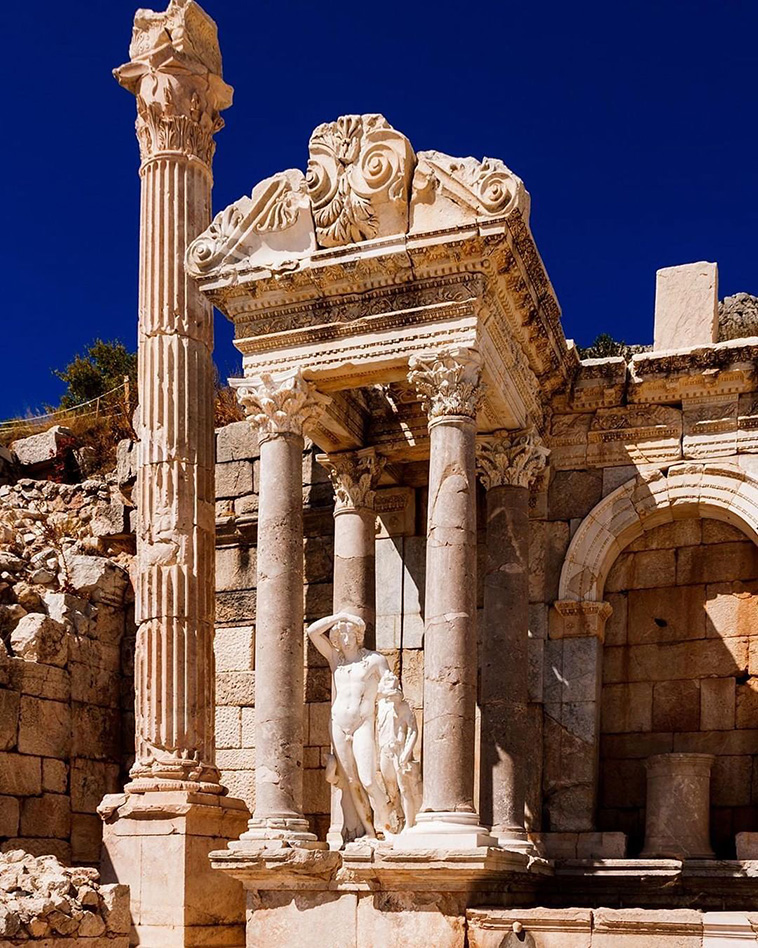
majesty.uk
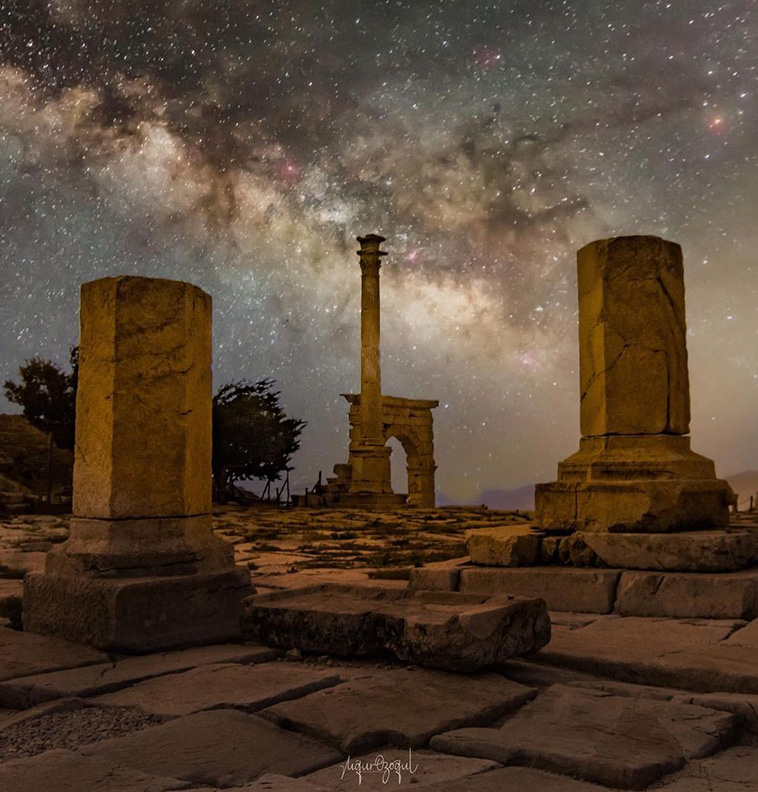
ugurozogull
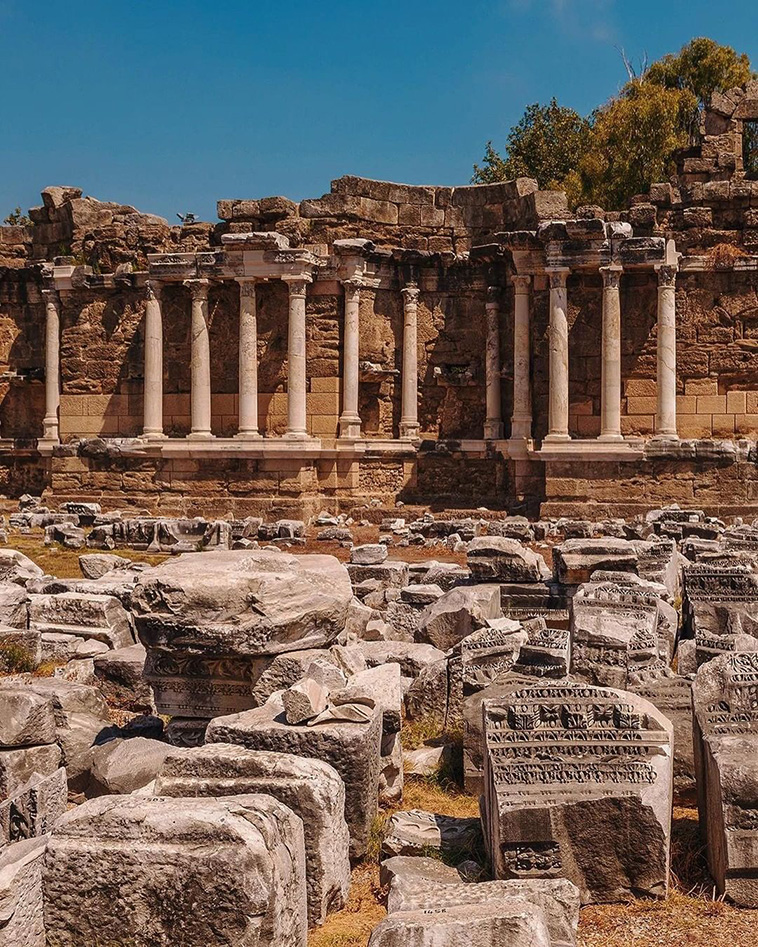
majesty.uk
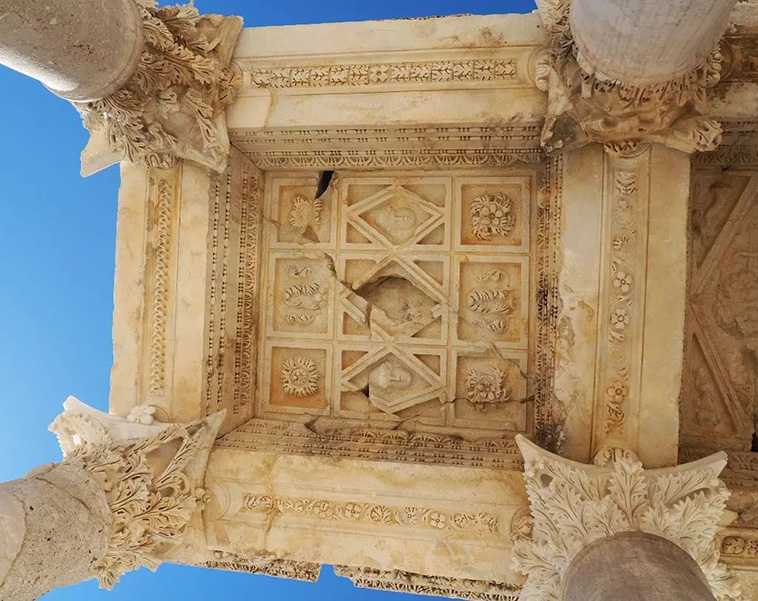
kaya.serhat001
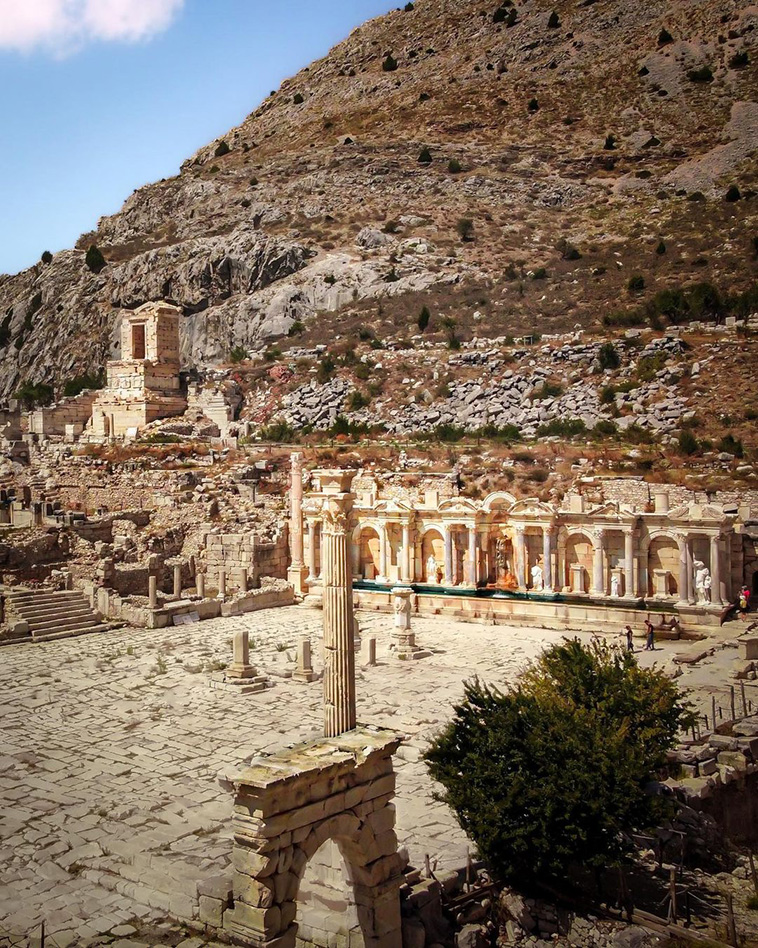
cjramirezhanke
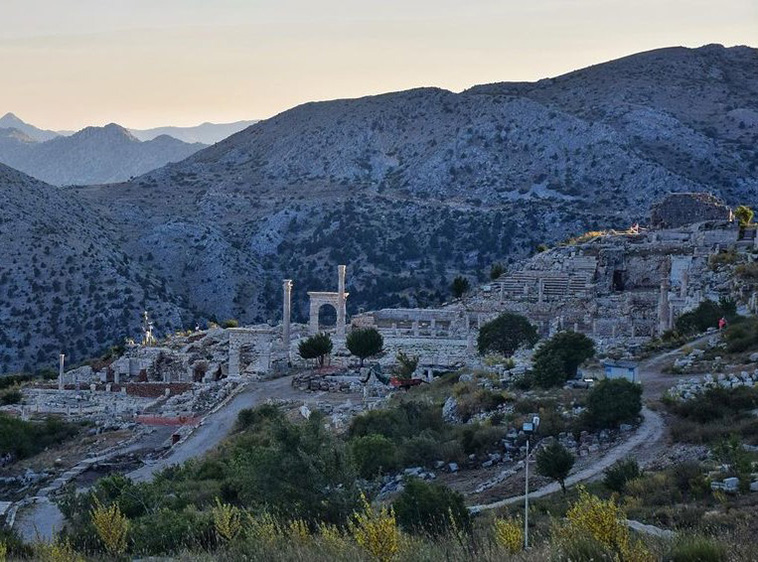
bircivitmavisii
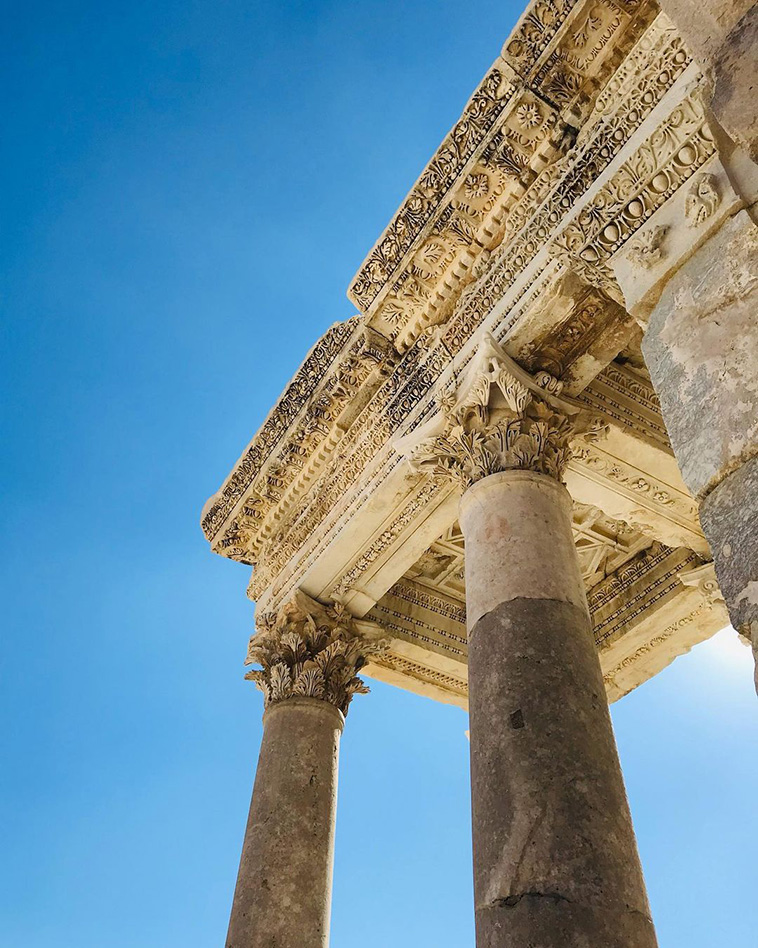
yasamanisi
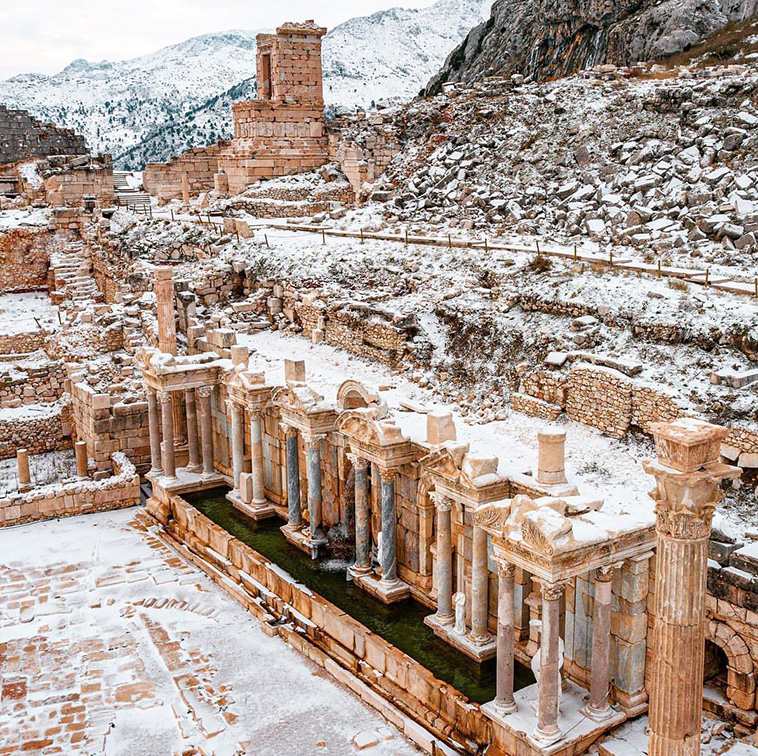
serifyenen
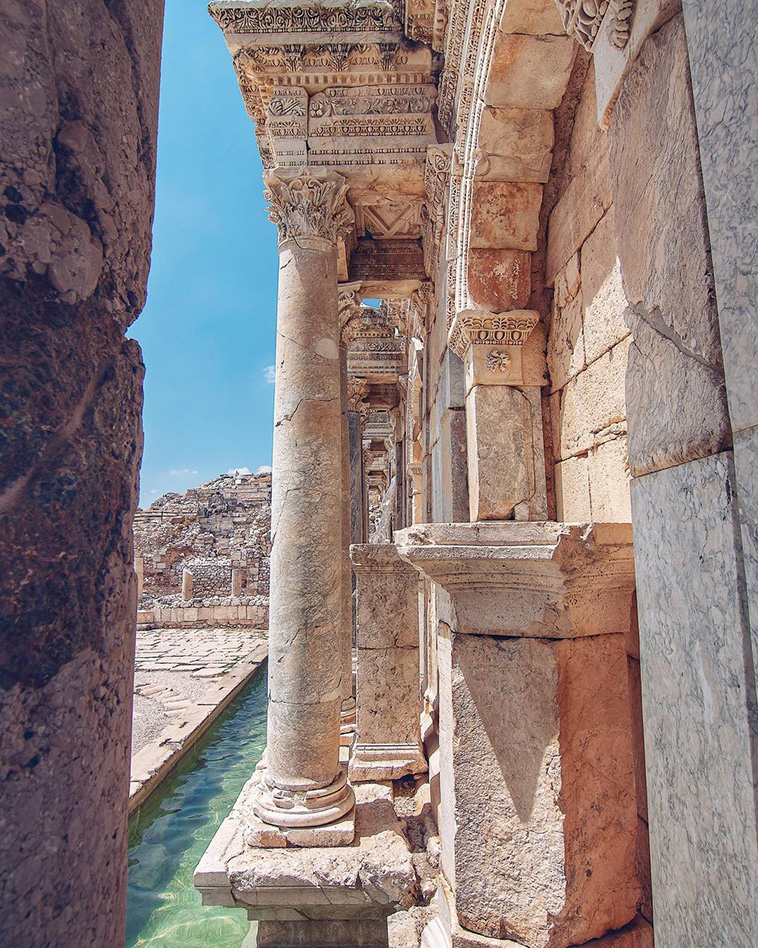
gebositu_photography
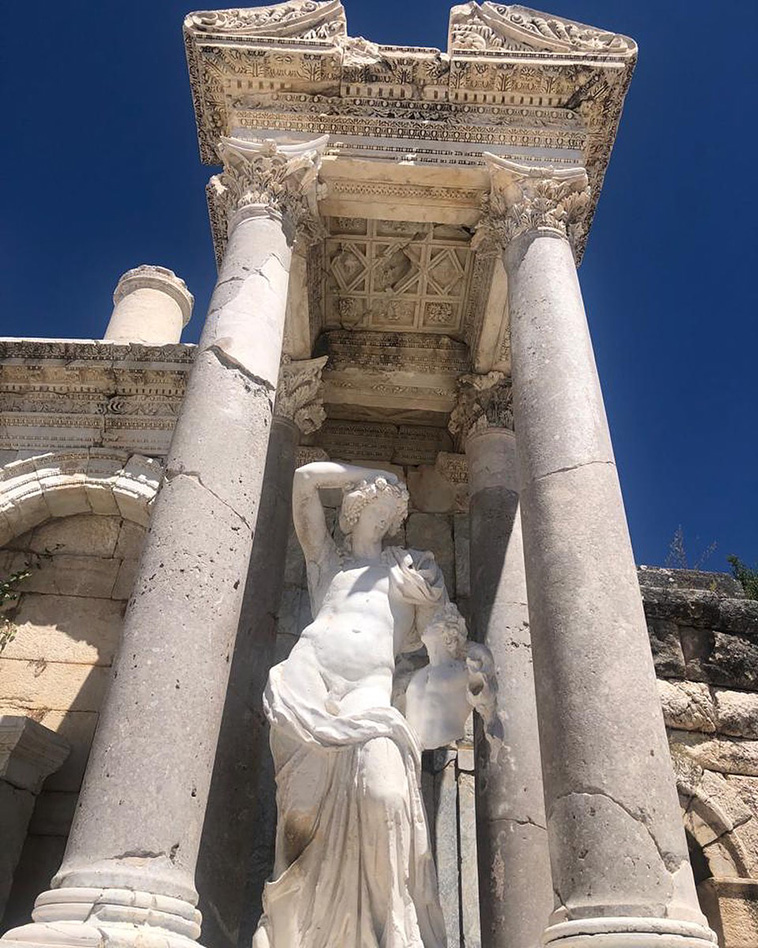
sofinin_dunyasi06
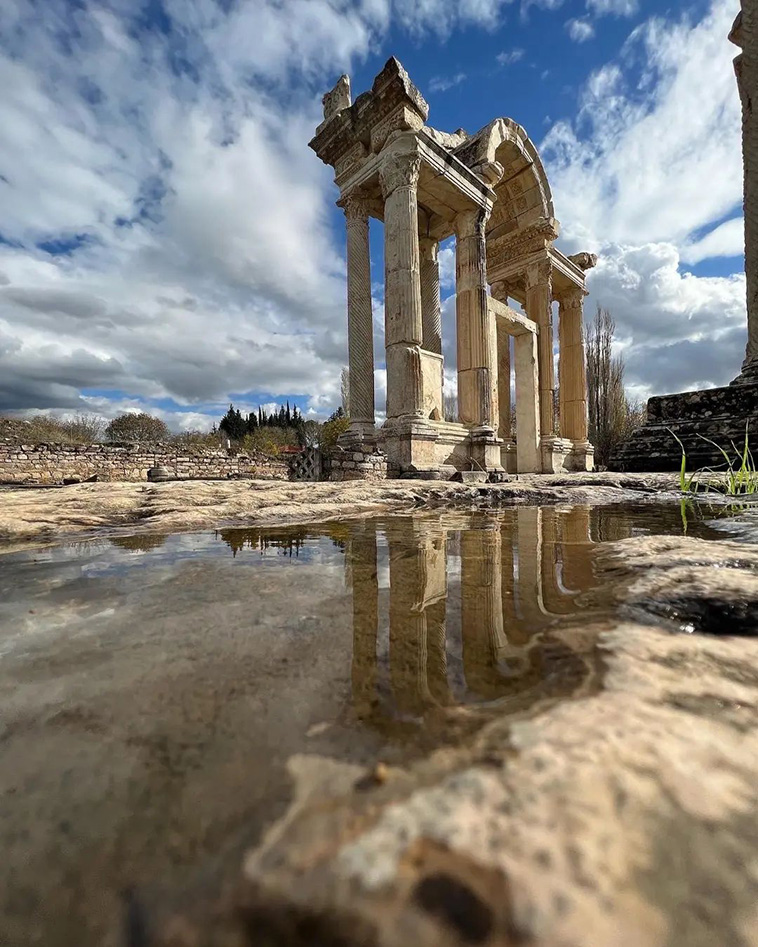
ismail_emree.dagli
Antonine Nymphaeum (Fountain)
One of the most striking structures is located in the north of the Upper Agora. Built by a wealthy Roman during 160-180 AD during the reign of Emperor Marcus Aurelius and dedicated to the God Dionysus. The water pouring from the center of the fountain, appearing like a waterfall, accumulates in a small pool below. The water is from a spring of approximately 200m above.
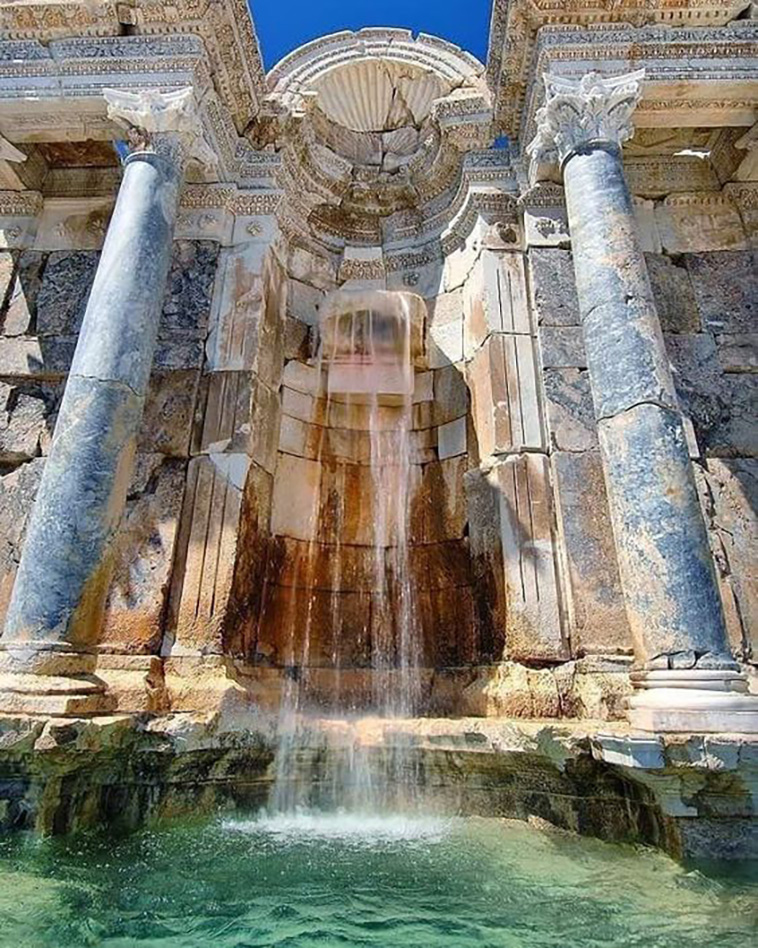

essyasar

ismail_emree.dagli
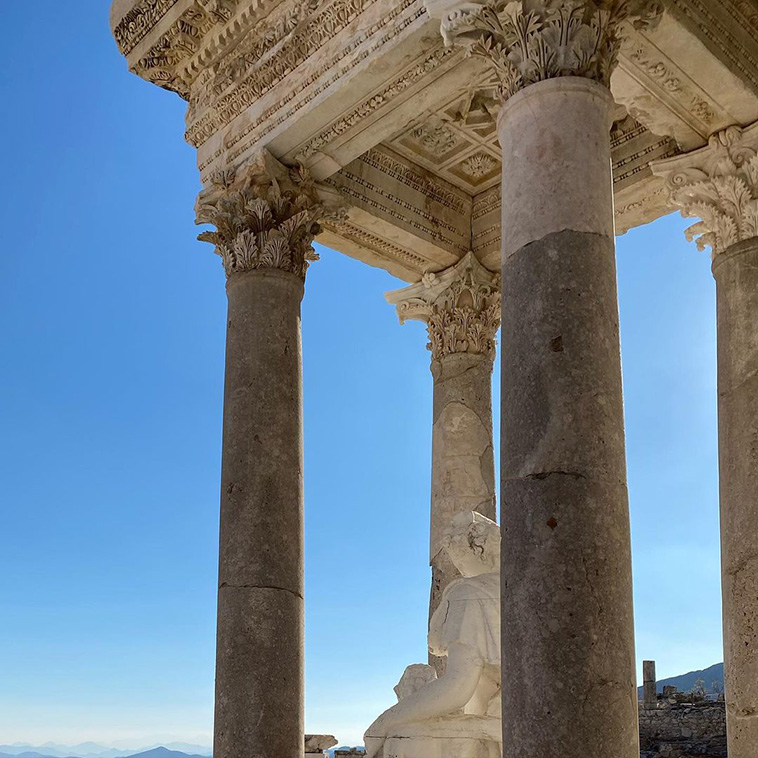
casual.artstyle

alena_damaratskaya
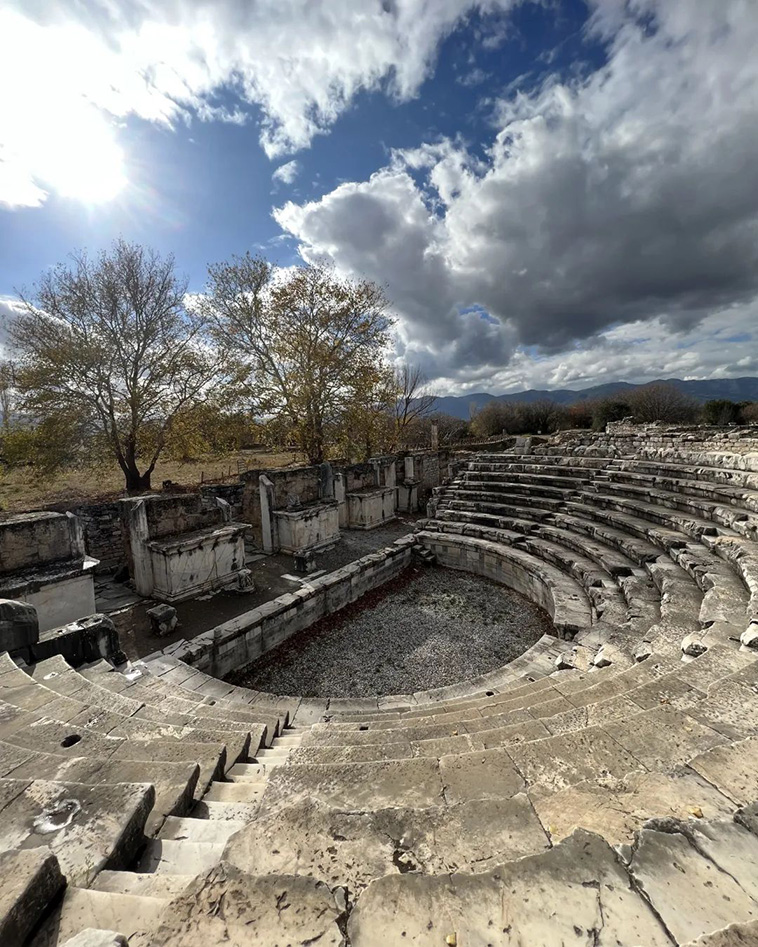
ismail_emree.dagli

